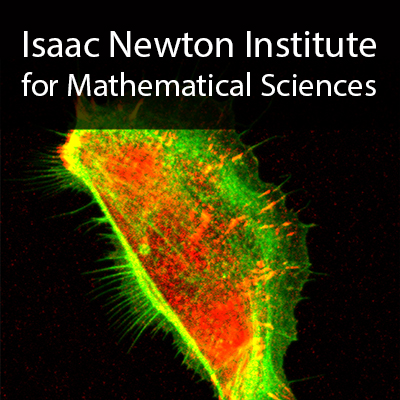The structural integrity of cells under sustained mechanical deformations: The key for understanding pressure ulcers
51 mins 59 secs,
95.10 MB,
MP3
44100 Hz,
249.78 kbits/sec
Share this media item:
Embed this media item:
Embed this media item:
About this item

| Description: |
Gefen, A (Tel Aviv University)
Monday 7th December 2015 - 14:15 to 15:00 |
|---|
| Created: | 2015-12-21 10:21 |
|---|---|
| Collection: | Coupling Geometric PDEs with Physics for Cell Morphology, Motility and Pattern Formation |
| Publisher: | Isaac Newton Institute |
| Copyright: | Gefen, A |
| Language: | eng (English) |
| Distribution: |
World
|
| Explicit content: | No |
| Aspect Ratio: | 16:9 |
| Screencast: | No |
| Bumper: | UCS Default |
| Trailer: | UCS Default |
| Abstract: | Sustained internal mechanical loads in tissues which develop during immobile weight-bearing postures such as while in bed or in a chair were identified as a fundamental cause for the onset and progression of pressure ulcers (PUs), particularly of the deep tissue injury (DTI) type. The sustained loading may compromise tissue viability either directly, by distorting cell shapes, or indirectly, by distorting the vasculature or lymphatic networks or, at the micro-scale, by distorting cellular organelles involved in regulating transport, e.g. the plasma membrane (PM). This talk will review our record of published research concerning the effects of sustained deformations across the different hierarchical scales: tissue-scale [cm], meso-scale [mm] and cell-scale [μm], with a focus on how sustained bodyweight loads eventually compromise homeostasis and cell viability. The evolution of our work to test our central hypothesis will be shown, specifically, that macroscopic tissue defo rmations translate to cell-level deformations and in particular, to localized tensile strains in the plasma membrane (PM) of cells. These localized PM stretches increase the permeability of the PM which, over time, could disrupt vital transport processes such as the function of ion channels, endocytosis and exocytosis. Viability of tissues exposed to sustained loading in the context of pressure ulcer development should therefore be investigated in all dimensional scales, from the macro to micro, and in particular at a cell scale, in order to provide complete understanding of the aetiology of PUs and DTIs and for identifying individuals for whom and conditions at which the susceptibility to these injuries might be greater. Emerging relevant methods of cell permeability quantification and modeling such as multiscale and multiphysics modeling will be highlighted, as they contribute substantially to the aetiological research in this field. |
|---|---|
Available Formats
| Format | Quality | Bitrate | Size | |||
|---|---|---|---|---|---|---|
| MPEG-4 Video | 640x360 | 1.94 Mbits/sec | 756.23 MB | View | Download | |
| WebM | 640x360 | 801.53 kbits/sec | 304.98 MB | View | Download | |
| iPod Video | 480x270 | 522.26 kbits/sec | 198.65 MB | View | Download | |
| MP3 * | 44100 Hz | 249.78 kbits/sec | 95.10 MB | Listen | Download | |
| Auto | (Allows browser to choose a format it supports) | |||||

